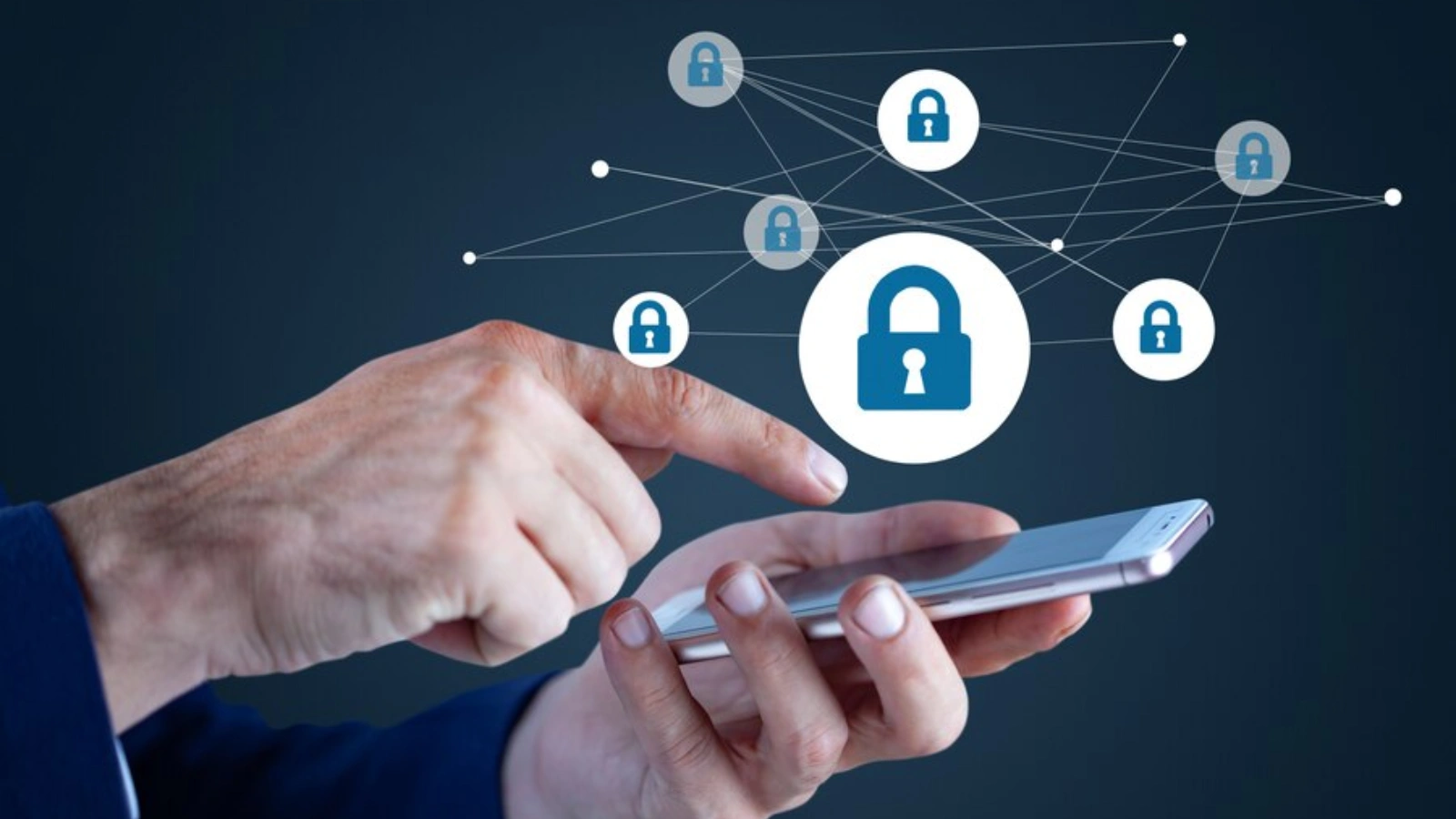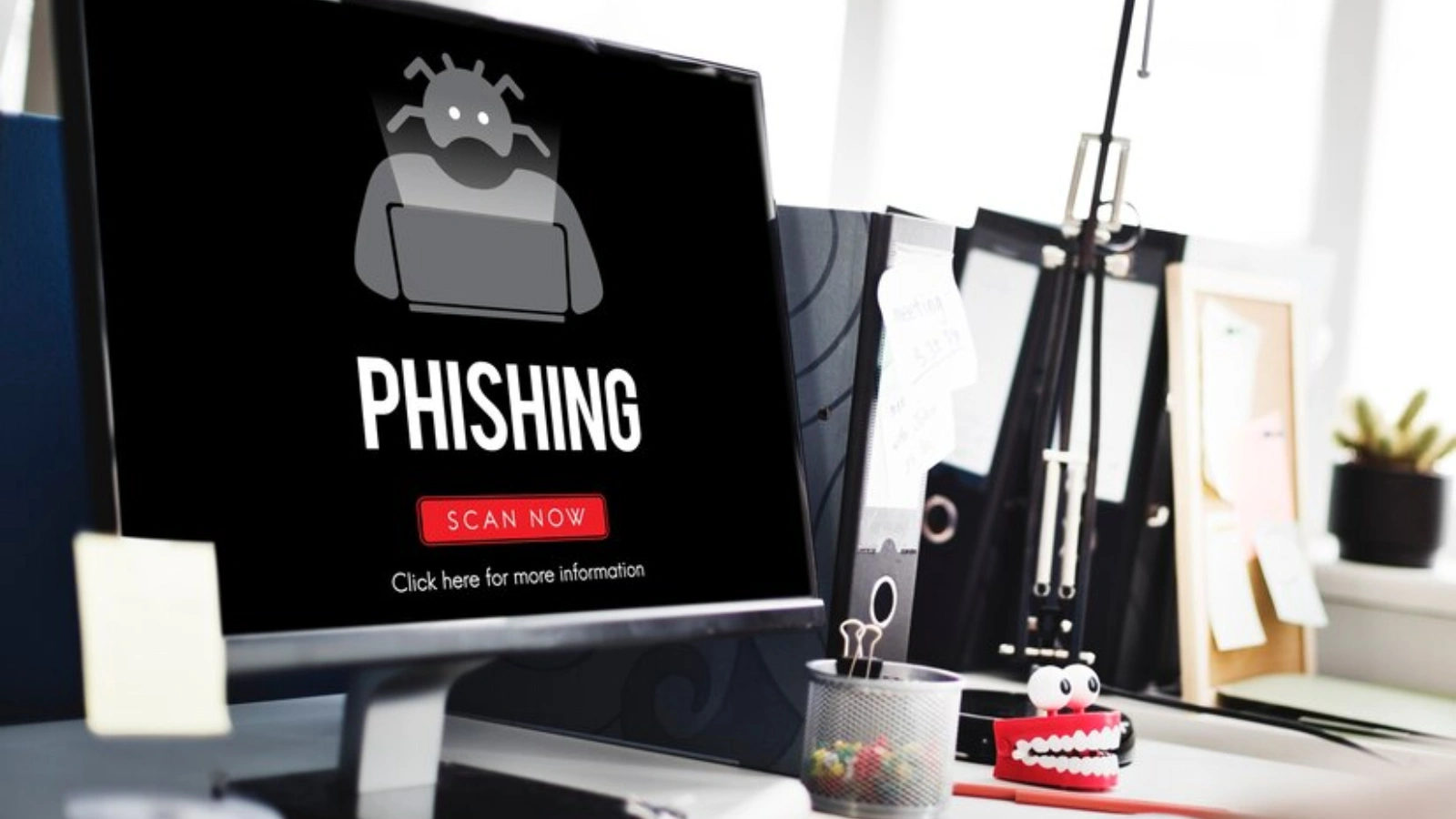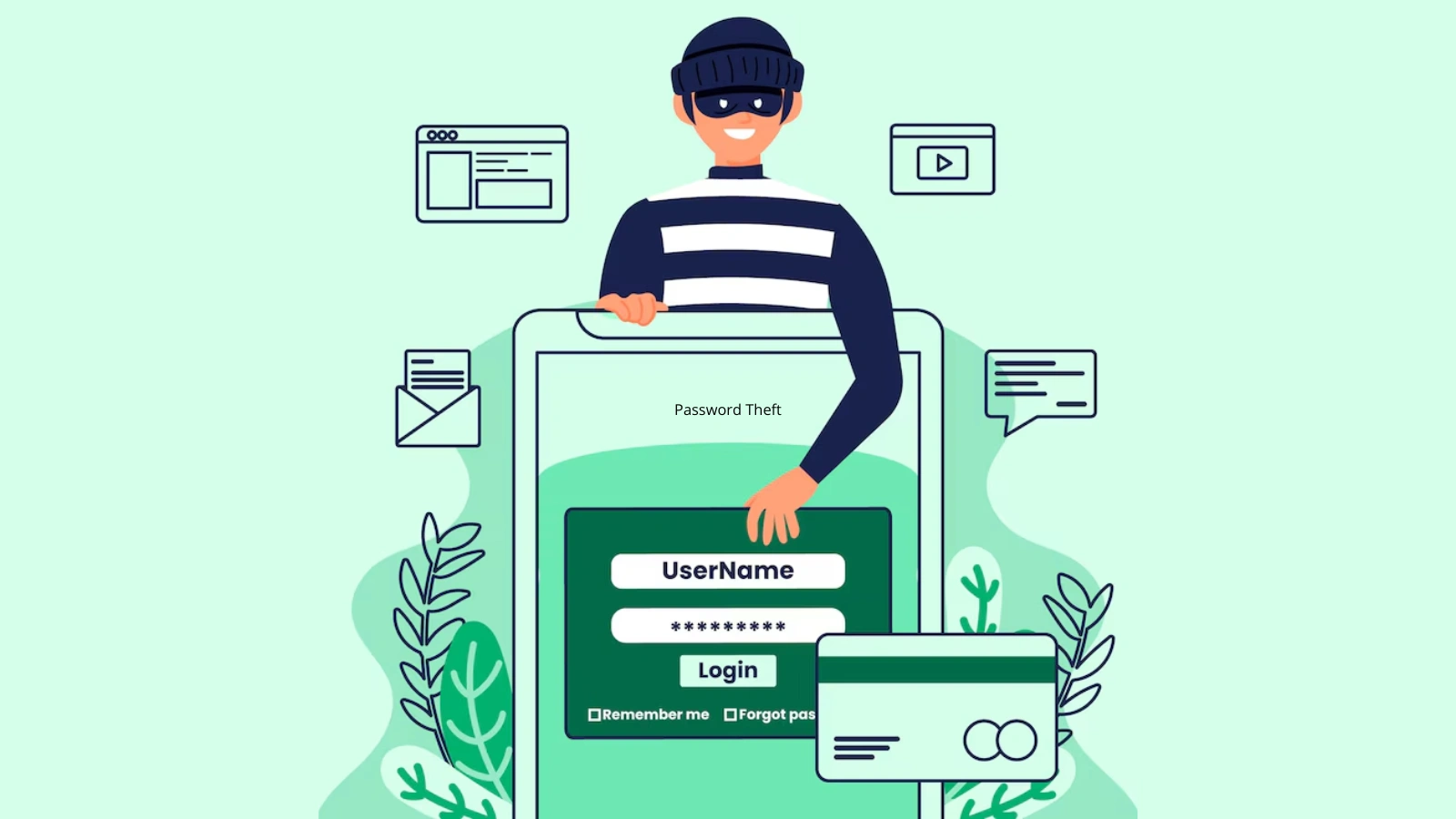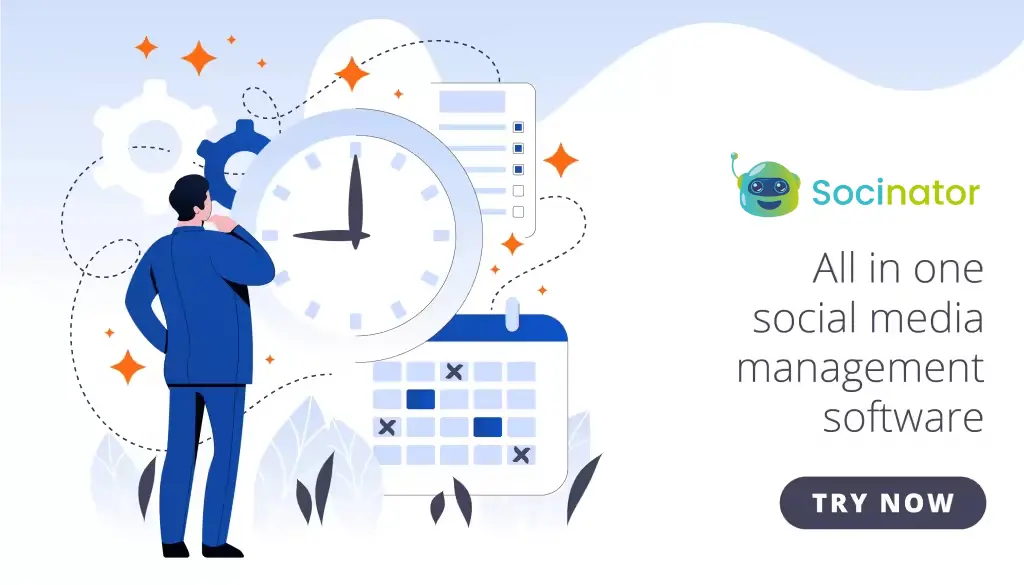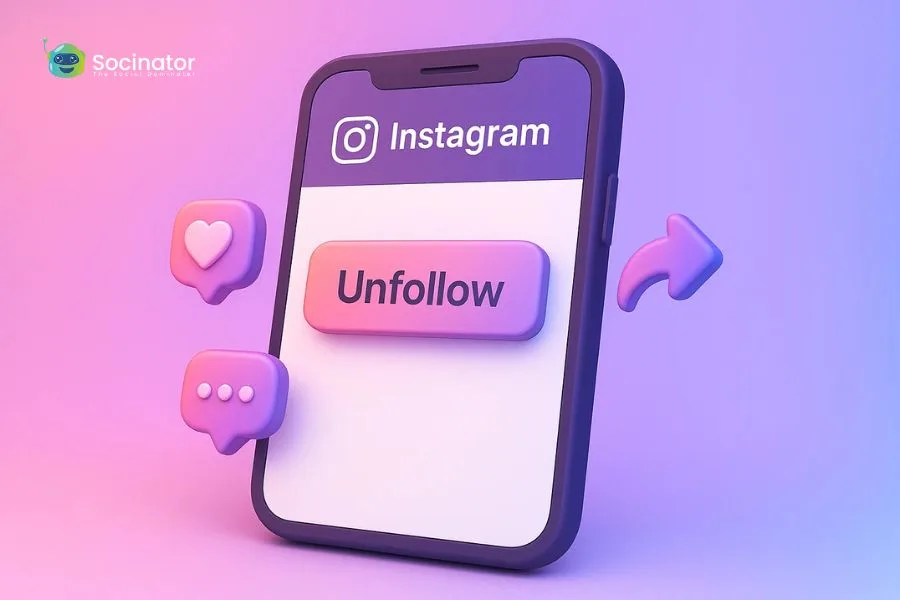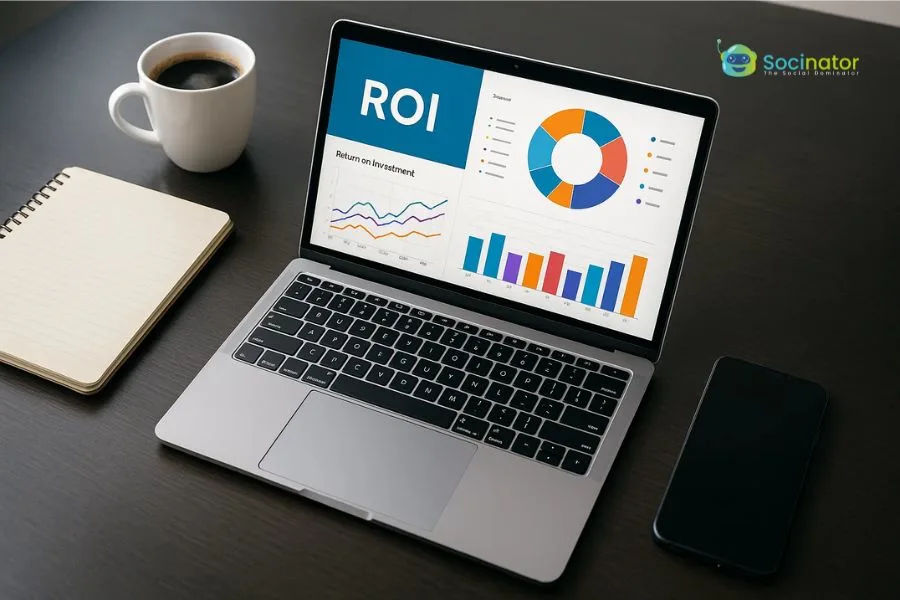Everybody on social media has a go-to spot where they may find comfort, entertainment, and community. Like cozy coffee shops or bustling city parks, these virtual spaces have become essential to our everyday existence, allowing us to connect with loved ones worldwide, share stories, and form new friendships.
Also, it applies to businesses in the very same way. All of their customers gather on social media to discuss topics close to their hearts, whether their feelings over a specific good or service or their experiences at an amusement park. It follows that social media is the platform through which brands may interact with current and future consumers.
However, the Internet can be a deadly environment, full of hidden cyberthreats waiting to feast on naive adventurers. As a result, we must all take precautions to protect our safety and privacy in the actual world and be watchful over our online spaces. The intersection of social media and security is crucial in this regard.
Everybody has a natural desire to safeguard the things significant to them. It involves defending our social media profiles and customer data from hackers and other bad actors who use security holes to steal confidential information, disseminate misinformation, and do other fraudulent acts.
Therefore, we’ll look at the seven social media security safety tips in this blog to assist you in keeping safe and secure when using social media daily. Additionally, we’ll introduce Socinator, a powerful social media automation tool that can help you manage and protect your online presence more efficiently.
Listen To The Podcast Now!
What Is Social Media Security?
Social media security refers to the steps you take to safeguard your privacy, information, and social media accounts. It includes a range of tactics and tools designed to protect the availability, confidentiality, and integrity of data published on social media.
Social media security involves regular monitoring of accounts for suspicious activities and staying informed about the latest security threats and best practices. By prioritizing social media security, users can protect their digital identities and maintain the safety of their online interactions.
Is Social Media Cyber Security Important in Today’s World?
Social media profiles contain plenty of information. They contain information about credit cards, client relationships, personal information, etc. All that information is needlessly at risk if social media security procedures are not followed. Well, here is why social media security is essential nowadays.
Preventing Identity Theft and Data Leaks
Email addresses, names, and even financial information are among the user data that brands routinely collect and retain. Strong security measures reduce the likelihood of identity theft for the brand and its customers since they protect all sensitive user data from hackers and potential breaches.
Lowering the Possibility of Social Engineering Assaults
Attackers may deceive unsuspecting individuals into disclosing confidential information or engaging in harmful activities by pretending to be brand representatives or creating phony accounts. Your brand might be less susceptible to these social engineering frauds by implementing strong guidelines for social media security.
Safeguarding Brand Reputation
Safeguarding sensitive data, including customer information, intellectual property, and confidential company information, is essential to preserving audience confidence and credibility. If there are unlawful actions or security breaches on social media platforms, reputational damage may result.
Keeping Customers Engaged
Social media channels are vital for customer and brand relations. Additionally, if your account gets hacked, it could negatively affect or disrupt your customers’ participation, lowering customer retention and loyalty.
Brand Continuity
If your social media account is hacked or suspended due to security breaches, it will undoubtedly negatively impact your company’s ability to continue operating. It could hurt your marketing activities, customer support programs, and brand awareness.
Common Social Media Security Risks
Phishing and Scam
Phishing is one of the most frequent threats to social media cyber security. A phishing scam aims to obtain sensitive information such as banking credentials, passwords, and other personal data from you or your staff.
One popular kind of phishing fraud is the use of fake giveaways. Fraudsters pose as Bed Bath & Beyond or Best Buy to offer a sizable voucher or prize. Of course, to receive the nonexistent award, you must divulge personal information.
AI Information Gathering
Social media contains a wealth of information about your company and its personnel. That is not novel. The capacity to compile bits of data from many sources and utilize them to teach an AI tool to create content is novel.
It facilitates the creation of convincingly fake social media postings and direct messages by dishonest people.
Scammers can also use social media data to train artificial intelligence software. After that, they are prepared to get in touch with your staff in different ways. Scammers can also benefit from AI social media and search tools, which can appear to validate erroneous content.
Malware Attacks and Hacks
Hackers can seriously harm your brand’s reputation if they manage to access your social media accounts.
Taking over a social media ad account with linked payment methods is a more recent threat to social media company accounts. They can display fake advertisements that seem to be from a reliable source, but in reality, they send users to malicious websites or fraudulent offers.
Vulnerable Third-Party Apps
It’s a good idea to secure your personal social media accounts. However, weaknesses in linked third-party apps might still allow hackers to get access.
Instagram expressly cautions users against using unaffiliated apps that promise to give them likes or followers:
Give these apps your login credentials, and they will access your account. They can access your private messages and friends’ contact details and may even publish spam offensive content on your page. It compromises the safety of both you and your friends.
Password Theft
You may think it’s harmless fun to answer those trivia questions on social media like your first automobile or elven name. However, they’re a popular way to obtain password knowledge. or to discover private information frequently used as a hint for misplaced passwords.
Employees who finish them run the risk of jeopardizing their social media cyber security.
Workers may unintentionally give up pointers to their forgotten passwords. You might see this information in posts about life occurrences. Consider birthdays, marriages, and graduations. Reducing the amount of personal information given online is usually preferable, particularly on open accounts.
Imposter Accounts
An imposter might construct a social media account that appears to be affiliated with your firm. It is one of the main benefits of obtaining social network verification.
False accounts may be used to target potential hires, staff members, or clients. You might be getting fooled into disclosing private information by a known person. Your reputation consequently suffers. Phony accounts might trick employees into providing login information for company networks.
Also Read:
Why Tools for Social Media Management
Social Media Branding Guidelines: All You Need To Know
7 Social Media Security Best Practices
Here are the top seven best practices for social media threat prevention and enhancing your social media security & privacy.
Develop a Strong Password Policy
Establish a robust password policy and social media policy in general, and advise staff members to use it to access their social media accounts.
Complex combinations of capital, lowercase, numerals, and special characters should be used in passwords.
They need improvement regularly, and different platforms should not utilize the same passwords.
Steer clear of commonly used passwords and easily guessed information, like pet names or birthdates.
Enable Two-Factor Authentication
For enhancing security, two-factor authentication requires users to provide a second form of verification in addition to their password, such as a unique code texted to their mobile device. Despite compromised initial credentials, this method significantly lowers the chance of illegal entry.
Facebook and X both offer two-factor authentication. When your account is activated, you will receive a unique code on your phone that you must enter to finish the login procedure each time someone tries to access your account from a different device.
Protect Mobile Devices
Take precautions to ensure the safe use of mobile devices, as their use for social media management is on the rise. Verify if secure password authentication or biometric authentication gets enabled on these devices. Update your operating system and software to address security vulnerabilities and secure any data you save on your devices.
Use Third-Party Apps with Caution
Before adding third-party apps to your social media accounts, consider their security protocols and reputation carefully. Be mindful of the permissions you grant these apps, as they may provide access to personal data that need brand protection. Verify permissions frequently and remove those for unneeded apps.
Update Privacy Settings Frequently
Social media companies frequently adjust the provided security options and privacy settings. To control who may see their postings, contact them, and access their personal information, brands need to be aware of these changes, stay up to speed, and use the tools at their disposal. Regular reviews and modifications of privacy settings are necessary to ensure your brand maintains control over its online appearance.
Regularly Monitor and Evaluate Account Activity
Social media accounts need to be regularly checked for suspicious activity or illegal access. Before material is released, brands should establish a process for content approval and review. Note logins when you publish on social media and any changes you make to your account configuration. Additionally, ensure you address any issues with security or unauthorized access rights once.
Limit Access Privileges
Companies should restrict access by limiting access to social media profiles to authorized personnel only. Ensure administrator rights are granted to only staff members who require access to specific accounts and capabilities to perform their duties. Regular verification and updating of access rights is necessary to maintain control over account security.
So, these were the top seven social media safety tips. Apart from this, it is also essential to focus on the social media analytics of your profile for a better understanding of your followers and allowing us to be aware of online scams.
For this, you can use social media automation tools like Socinator, which provides social media analytics and reports. Moreover, it provides features like post-scheduling and suto-like. Let’s have a detailed look at this powerful automation tool.
Socinator – The Best Social Media Automation Software
Socinatoris an all-in-one social media automation solution using which you can manage all your marketing campaigns in a single dashboard. It provides an easy-to-use interface using which you can streamline your social media marketing effortlessly.
From post-scheduling to social listing and providing analytics insights, Socinator offers a wide range of features that allow marketers to create and manage automated campaigns more efficiently.
Auto-Publish and Repost
Socinator eliminates the need for manual posting. You can schedule your post and ensure that the content is posted at the desired time automatically. After posting, you can also repost the best-performing videos to increase your visibility on social media platforms.
Record Activity Frequency and Get Reports
You can track the automation activities performed through your linked social media accounts and monitor their frequencies. Also, you can get detailed insights into profile engagement, post-performance metrics, and lead targeting.
Automatic Follow, Unfollow, Like, & Comments
This social media automation tool allows you to engage with your audience through automated likes and comments. It prevents manual, time-consuming writing and posting work. You can also auto-follow and unfollow relevant users through Socinator without taking extra time from your busy schedule.
Extract Targeted Users
You can find & extract the targeted audience accounts, along with those already engaged with you. It helps to build a more engaging and long-lasting community, allowing you to master your social media branding strategy.
Final Thoughts
Brands must prioritize cyber security and social media to safeguard their online reputation and maintain their audience’s confidence. Implementing guidelines for social media security can help brands strengthen their defenses and reduce cyber-attacks.
Remember that social media security is a continuous process, requiring brands to remain vigilant, stay up-to-date on their security protocols, and ensure their staff is well-trained. Consistently applying social media threat prevention measures ensures a robust defense against potential threats. To support these efforts, tools like Socinator can be incredibly useful. As a leading social media automation tool, Socinator helps manage and secure social media activities efficiently. By leveraging such tools along with following best practices, brands can effectively manage social media security and protect their digital presence.
Frequently Asked Questions
How can I secure my social media accounts?
- For every account, choose a strong, distinct password.
- Turn on two-factor verification (2FA).
- Update your security settings and passwords regularly.
- Keep an eye on account activity to spot any odd conduct.
- Train employees to spot and steer clear of phishing frauds.
- Only allow key individuals to access social media profiles.
What should I do if my social media account is hacked?
- Change your passwords for the hacked account and any other accounts that you may have with the same password right away.
- If two-factor authentication (2FA) isn’t already enabled, turn it on.
- Notify the social media platform of the breach.
- Inform your followers of the security issue and tell them to disregard any shady posts or communications.
- Examine the activity on your account to find any illegal activities.
- If required, get expert assistance to safeguard your accounts and look into the intrusion.
How often should I review and update my social media security settings?
It is advised that you check and adjust your security settings on social media at least once every three months. Additionally, keep up with any changes or new security features that the social networking sites you use give.


